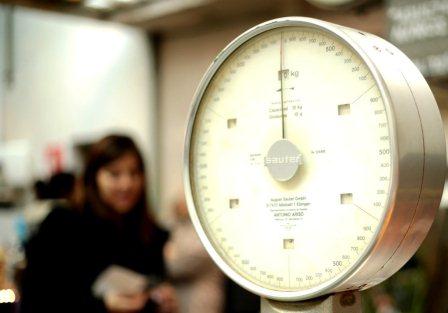Weight Loss is a very important part of today’s vocabulary. Everyone has their own ideas and quick fixes. There are many kinds of weight loss programs available online and it becomes quite confusing for women to find something which suits them. One size does not fit all and hence a focused and customized weight loss program is essential for long-term benefits
Here at Hey Beautiful we intend to provide the exact information required to design a Personal Weight Loss Program. Step by Step we will provide information required and steps to be taken to achieve your personal health and fitness goals.
Determine Your Ideal Weight
The first step in planning your personal weight loss program is to determine what your optimum healthy weight reading should be. There are many methods to find this Ideal Weight and we have discussed a few popular ones below.
The Body Fat Approach
An individual’s body fat percentage is a measure of the average percentage of fat that an individual’s body is carrying.
Body fat is responsible for maintaining the human body’s temperature, and being a cushion and a layer of insulation for all internal organs, and is the main store for storing the body’s energy. In other words, for good health, an individual should have an appropriate percentage of body fat.
By implication when people say they want to lose weight they are talking about body fat. The first and important thing is to calculate your body fat percentage. Once this figure is confirmed then the next steps to lose or gain weight can be ascertained and a program can be made.
Click here for Body Fat Calculator
Please use the above link to calculate your Body fat and the calculator will also give recommendations and observations.
The Body Mass Index (BMI) Approach
The Body Mass Index (BMI) value of an individual is a number that is calculated using their weight and height. The BMI value for an individual can be a useful tool in determining whether the individual is underweight, overweight, or within the medically approved weight range for their height.
Although BMI does not measure body fat directly, research has shown that an individual’s BMI level correlates to direct measures of body fat. In many cases, the Body Mass Index approach can be considered a viable alternative to direct measurements of body fat. Calculating one’s BMI level is inexpensive, easy to perform, and a quick way to determine whether an individual’s weight is appropriate for their height. Furthermore, the Body Mass Index technique is used as a screening tool to identify possible weight concerns for adults.
Click here from BMI Calculator
The above link provides an easy way to calculate your BMI.
The Height/Weight Approach
There are several Height/Weight approaches an individual can take to determining their optimum body weight. While the Body Mass Index (BMI) approach used to determine an individual’s optimum weight is quite popular, the weakness in this approach is that it does not take into account the individual’s lean muscle mass. Hence, individuals with a moderately high level of lean muscle mass will typically be classified as overweight, if not obese.
Click here for Ideal Weight Calculator
The above link provides an easy way to find ideal weight using Height/Weight approach.
Once you have determined your ideal weight, the next step is to determine your Basal Metabolic Rate (BMR) and your Total Daily Energy Expenditure (TDEE). We will cover these two indicators and their implications next week. Ideally, for a Weight Loss Program, all these readings should be noted in a journal for future reference. So please find your Ideal Weight readings ready till next week!





